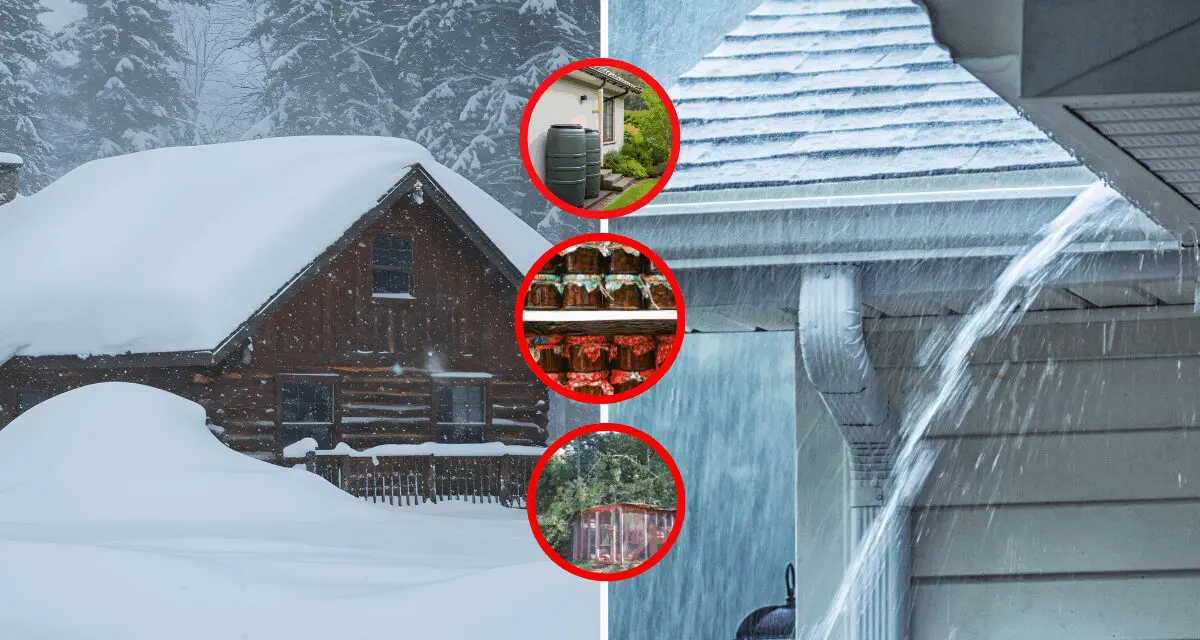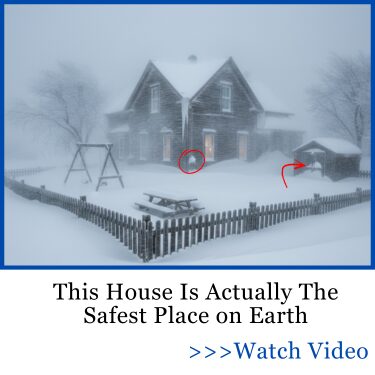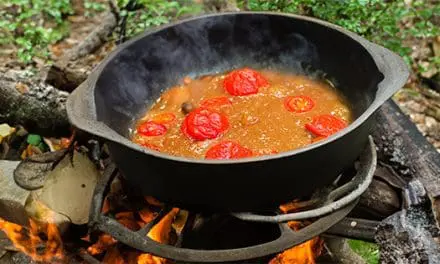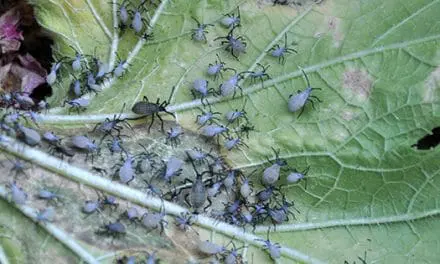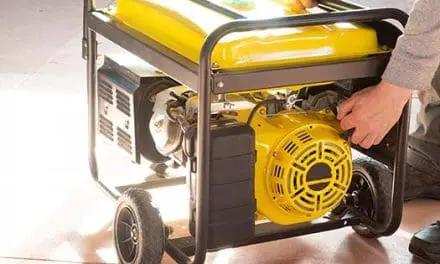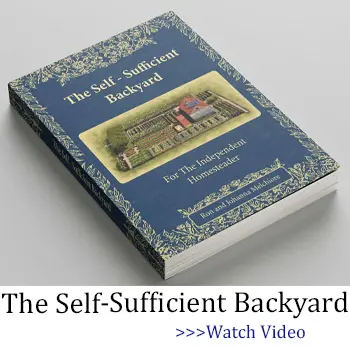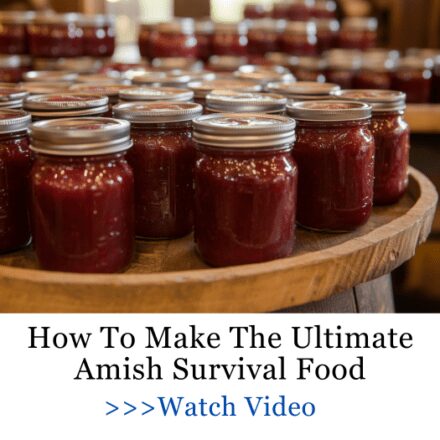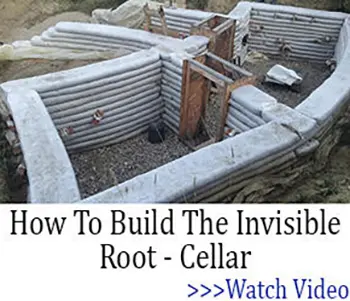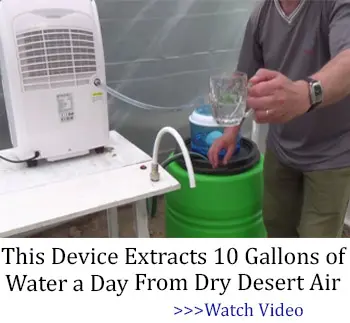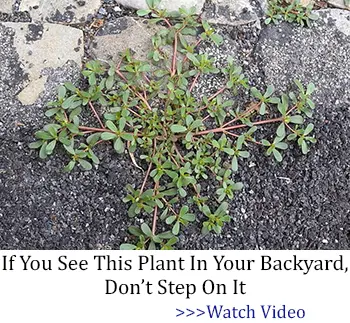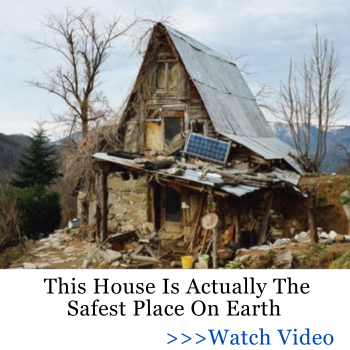Weather extremes vary, from bad heat waves to winter freezes. A sudden frost can turn many plants to toast. But there are some steps you can take to protect and preserve what you plant when the weather gets tough. That can be especially important if you’re dependent on what you grow as one of your primary sources of food.
Some of the decisions are basic related to which species or variety you choose to plant. The fundamental question is cold tolerance. Can a fruit or vegetable variety tolerate and survive weather extremes? But there’s another factor that goes beyond a plant’s survivability: it’s nutritional value.
Kale is highly tolerant of both heat and cold, but you cannot live on Kale alone. Protein is always high on the list for nutrition, but beans and legumes in general aren’t particularly tolerant of weather extremes.
It can become a Rubik’s cube of variables but there are also physical solutions to manage extreme weather. A well-rounded cold-season garden needs a variety of vegetables that offer vitamins, minerals, and calories—and can endure low temperatures for weeks on end.
Step One: Choose the Right Plants
Not all crops are built to handle the cold. Some plants simply collapse after the first frost, while others seem to shrug off snow like it’s nothing.
If you’re planning to grow through the winter or simply want to protect your food supply from an unexpected cold snap, start with cold-hardy varieties.
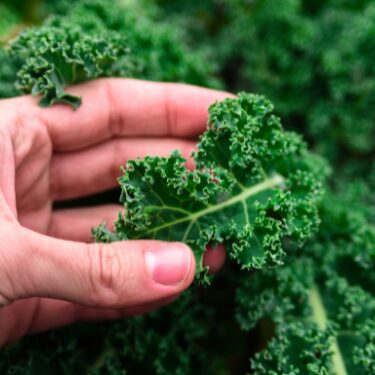
Here are some of my go-to “tough guys” for the cold months:
- Brussels Sprouts – practically thrive under a light blanket of snow.
- Kale – gets sweeter after a frost.
- Cabbage – stands tall through repeated freezes.
- Spinach – survives deep cold and comes back strong in early spring.
- Carrots, Beets, and Turnips – store themselves in the soil if kept insulated.
- Garlic and Onions – love to be planted in fall and overwinter underground.
- Thyme and Rosemary – tough herbs that return after frost if well protected.
These are the crops that will keep you fed when the temperature drops and the pantry starts looking empty.
Step Two: Build Protection Against the Cold
Even the hardiest plants can use a bit of help when winter tightens its grip. Cold frames and wicking beds come in handy.
The Cold Frame Advantage
A cold frame is essentially a greenhouse in miniature. It’s a raised bed with a slanted wooden frame topped with a sheet of plexiglass or safety glass on a hinged lid. The enclosure allows the sun’s rays to enter, and both raise and maintain the internal temperature, but protects plants from descending frosts.
Some degree of venting and the ability to lift the lid of the cold frame is important to avoid excessive heat and some people even put a garden thermometer in their cold frames to assess and manage the internal temperature.
The Amish take this idea even a step further. Instead of using glass, they bend hoops over their raised beds and cover them with clear plastic sheeting. It’s a simple, inexpensive way to create a mini-greenhouse that can be assembled or removed in minutes, with almost no cost.
Due to its ingenious design, you’ll never have to worry about using pesticides, critters eating away at your precious crops, or where the irrigation water comes from once the tap runs dry. The enclosed set-up keeps your plants safe, retains moisture, and extends your growing season well into the colder months, just the way the Amish have done for generations. And you can learn how you can build this project right here.
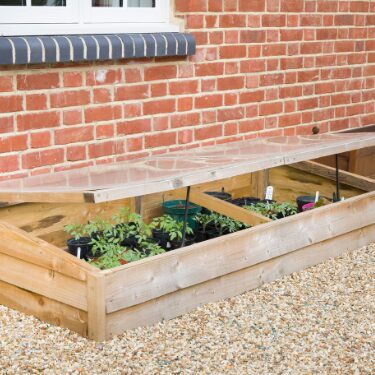
The Wicking Bed Edge
A wicking bed might sound complicated, but it’s really just a self-watering raised bed. The base holds water in a layer of corrugated pipe or gravel, and the soil above draws that moisture upward.
This keeps the roots from drying out during cold snaps, and it’s especially handy when hoses and water lines are frozen solid.
Combining the Two
Now, here’s where it really gets interesting. When you put a cold frame on top of a wicking bed, you create a near-perfect survival garden for winter. The soil stays moist but not frozen, and the enclosed space traps just enough warmth to keep plants growing slowly but steadily all season long.
It’s like a miniature greenhouse that doesn’t take up much space, and it’ll keep you harvesting even when everything outside is frozen solid.
Step Three: Keep Nutrition in Mind
When you’re trying to live off what’s growing in your backyard through the winter, variety matters. You need more than just greens.
Root vegetables like carrots, turnips, and beets add calories and long-term storage potential. Cabbage and kale deliver vitamins. And if you’re missing protein, try sprouting beans or lentils indoors. It’s one of the simplest ways to get fresh nutrition when the ground outside is frozen.
A well-balanced winter garden isn’t about abundance. It’s about endurance.
Step Four: Stagger and Preserve
Harvesting isn’t the end of the process. It’s part of a rhythm. When I pull out one round of hardy crops, I immediately seed another inside the cold frame. This “succession planting” keeps fresh produce coming even when the weather says it shouldn’t.
And anything extra gets preserved. Fermented cabbage, pickled beets, dried herbs. When the snow piles high and nothing’s growing, those jars are your best friends.
It’s All About Making Good Decisions
If you choose the right fruits and vegetables and plant them in something like a raised wicking bed topped by a cold frame, you can actually harvest vegetables and fruits year-round regardless of the weather. But this gets back to something we mentioned earlier: nutrition.
What’s critical from a nutritional standpoint is a good balance of proteins, fiber, vitamins, minerals and calories. What’s missing from our tough guy’s lists are the protein champs: beans.
>>> How to Make Beans and Rice Survival Soup That Can Last Up To 10 Years <<<
Bush beans, pole beans, peas the whole legume family are one of the best vegetable protein sources, but they are the ones who will best survive in a raised wicking bed with a cold frame. They’re not the best during a drought or in freezing temperatures, but the combined protection of water from wicking and a cold frame will keep them going.
When the Deep Freeze Hits
Most of us don’t have the luxury of a full greenhouse, but a couple of raised beds with cold frames can make all the difference. Even if you can’t grow everything year-round, having a steady supply of hardy greens and roots during winter can stretch your pantry and keep fresh food on the table.
Extreme cold doesn’t have to end your growing season. It just means you need to work with nature, not against it.
With the right crops and a few simple structures, you can keep your backyard alive through even the harshest winter weather—and that’s how you survive when the world outside turns to ice.
Harvest and Procession Plant
When you are depending on your backyard for survival it makes sense to regularly harvest but also procession plant. If you’ve created an environment that can survive weather extremes you’ve created a food making machine that can get you through the worst of times. It’s those times that might make weather extremes mild in comparison.
The Most Important Project You Need to Make This Winter on Your Property
DIY Projects You Need Before Winter (Video)
How To Winter-Proof Your Garden

